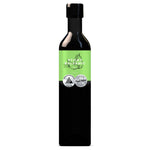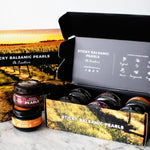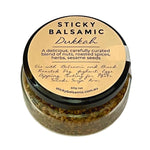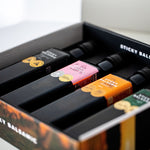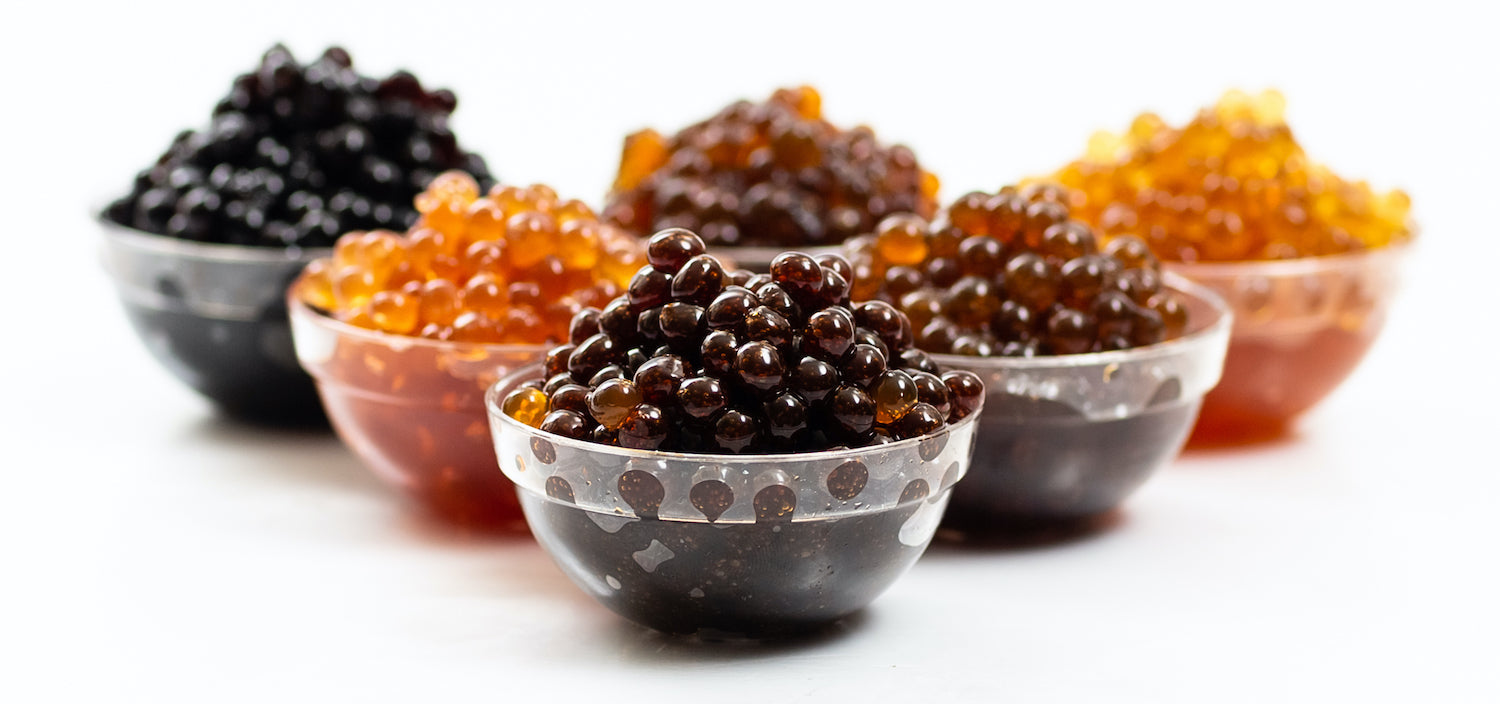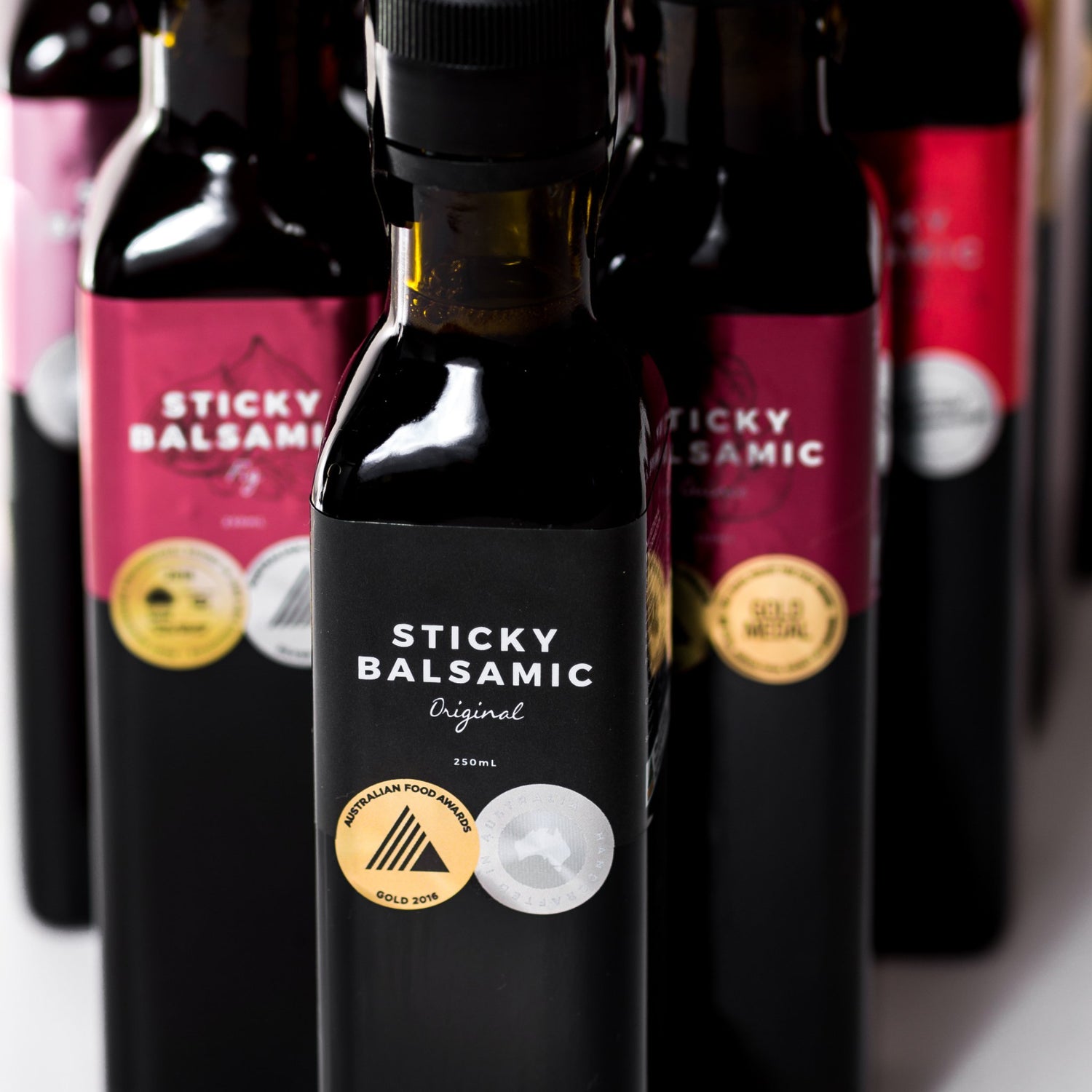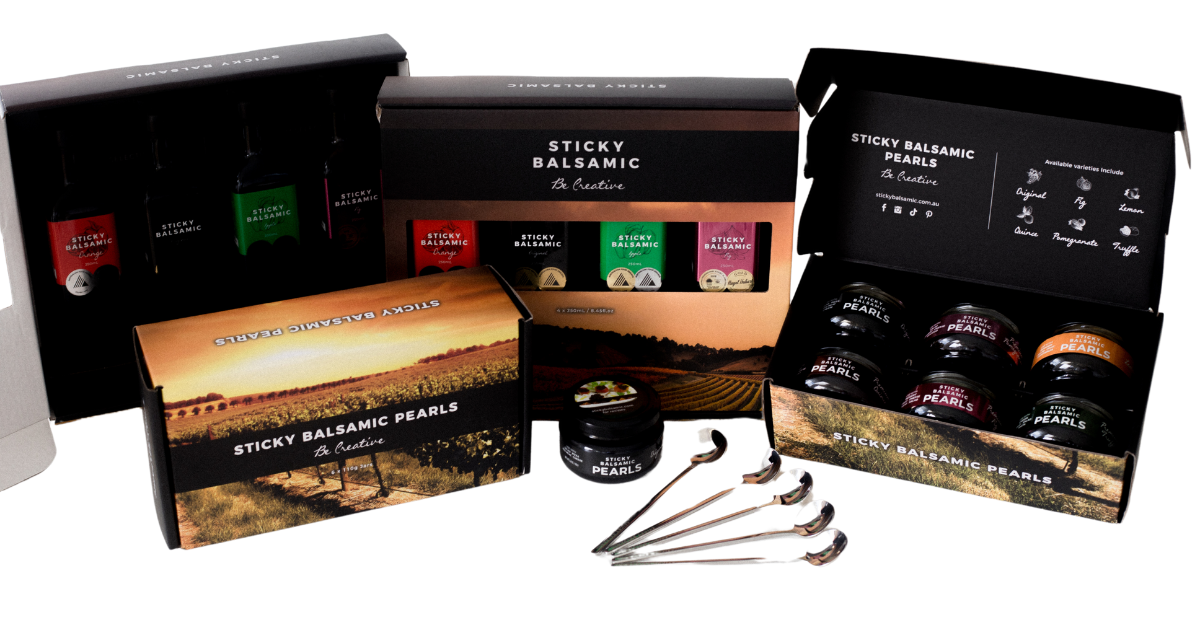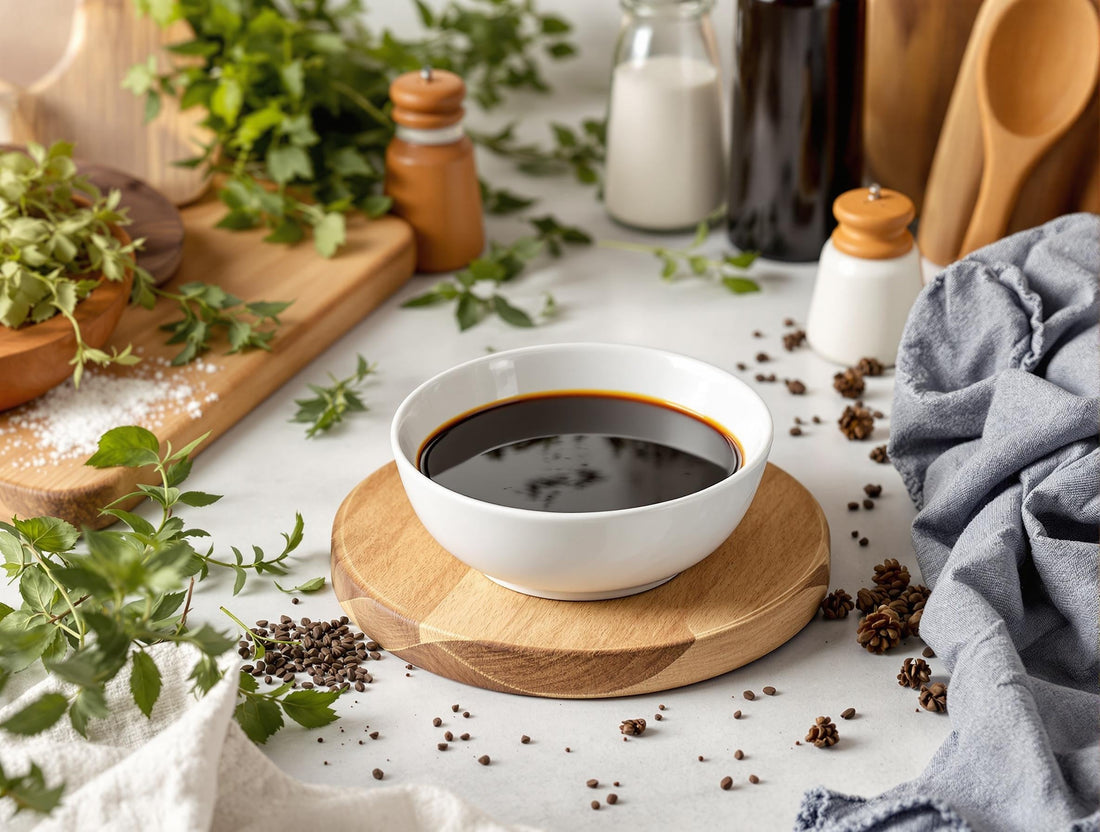Can Balsamic Vinegar Expire? Understanding Shelf Life, Storage, and Quality
When you reach for that bottle of balsamic vinegar sitting in your pantry, you might wonder: can balsamic vinegar expire? This question concerns many home cooks and culinary enthusiasts who want to ensure they're using safe, high-quality ingredients. The answer is more nuanced than a simple yes or no, and understanding the factors that affect balsamic vinegar shelf life can help you make informed decisions about storage and usage.
The Science Behind Balsamic Vinegar's Longevity
Balsamic vinegar's impressive shelf life stems from its fundamental composition and production process. The high acidity level creates an inhospitable environment for harmful bacteria and microorganisms¹. This natural preservation mechanism is the same principle that has allowed humans to preserve foods with vinegar for thousands of years.
The fermentation process that creates balsamic vinegar involves converting grape must into acetic acid through bacterial action. This process naturally produces compounds that inhibit spoilage, making balsamic vinegar remarkably stable when stored properly². Unlike many food products, balsamic vinegar doesn't expire in the traditional sense, but its quality can change over time.
Understanding Different Types of Balsamic Vinegar
Not all balsamic vinegars are created equal, and their longevity varies significantly based on production methods and quality levels:
Traditional Balsamic Vinegar
Traditional Balsamic Vinegar of Modena (Aceto Balsamico Tradizionale di Modena) undergoes an aging process that can span decades, developing complex flavours and remarkable stability³. These premium varieties often improve with age when stored correctly.
Commercial Balsamic Vinegar
Commercial balsamic vinegars, which make up the majority of products available in supermarkets, are typically made with wine vinegar, grape must, and sometimes caramel colouring. While these products have excellent shelf life, they may not possess the same aging potential as their traditional counterparts⁴.
Balsamic Reductions and Glazes
Balsamic vinegar reductions and glazes, which often contain added thickening agents, have different storage requirements and may be more susceptible to quality degradation over time. Sticky Balsamic Vinegar does not include any thickening agents.
Factors Affecting Balsamic Vinegar Shelf Life
Several environmental and storage factors influence how long balsamic vinegar maintains its optimal quality:
- Temperature fluctuations can accelerate chemical changes within the vinegar, potentially affecting flavour and appearance⁵
- Direct sunlight exposure can cause photodegradation, leading to colour changes and flavour deterioration
- Oxygen exposure begins once opened, gradually altering taste profile and concentration
- Product quality - Higher-quality balsamic vinegars with fewer additives tend to maintain their characteristics longer
Proper Storage Techniques for Maximum Shelf Life
Optimal storage is crucial for maximizing balsamic vinegar's lifespan and maintaining its quality:
Before Opening
- Store in a cool, dark place such as a pantry or cupboard
- Keep away from heat sources like stoves or direct sunlight⁶
- Maintain ideal storage temperature between 60-70°F (15-21°C)
After Opening
- Tightly seal after each use to minimize air exposure
- Refrigeration isn't necessary but can help slow quality changes⁷
- Use glass containers for long-term storage over plastic
- Ensure containers are thoroughly cleaned and completely dry
Signs Your Balsamic Vinegar Quality Has Changed
While balsamic vinegar rarely becomes unsafe to consume, several indicators can signal quality deterioration:
Visual Changes
- Formation of sediment at the bottom (often harmless)
- Colour variations such as darkening or lightening
- Development of cloudy appearance
Taste and Aroma Changes
- Loss of balanced sweet-tart flavour
- Overly sharp, flat, or off-flavours
- Unusual odours (extremely rare due to natural antimicrobial properties⁹)
Balsamic Vinegar Shelf Life Expectations
Understanding how long balsamic vinegar lasts helps you make informed decisions:
Unopened Bottles
- Can maintain quality for several years beyond printed expiration date
- High-quality traditional varieties can last indefinitely and may improve with age¹⁰
- Commercial varieties typically maintain peak quality for 3-5 years
Opened Bottles
- Most balsamic vinegars retain optimal characteristics for 1-3 years with proper storage
- Quality may gradually change but remains safe to consume
Important Note: Expiration dates on balsamic vinegar bottles are typically "best by" dates indicating peak quality, not safety expiration dates.
Safety Considerations
The high acidity of balsamic vinegar makes it naturally resistant to harmful bacterial growth. Cases of foodborne illness from properly stored balsamic vinegar are virtually non-existent in food safety literature¹¹.
Best Practices for Safety
- Use clean utensils when handling
- Avoid double-dipping or introducing food particles
- Store in sanitary conditions
- Check for damage before purchasing
Maximizing Balsamic Vinegar Quality and Longevity
To get the most from your balsamic vinegar investment:
- Purchase from reputable sources with proper storage practices
- Check bottles for damage or signs of poor storage
- Consider smaller quantities for infrequent use
- Larger bottles are economical for frequent users when stored correctly
Frequently Asked Questions
Q: Can balsamic vinegar expire?
A: Balsamic vinegar doesn't expire in the traditional sense due to its high acidity, but quality can change over time. It remains safe to consume well beyond printed dates when stored properly.
A: Balsamic vinegar doesn't expire in the traditional sense due to its high acidity, but quality can change over time. It remains safe to consume well beyond printed dates when stored properly.
Q: How long does balsamic vinegar last once opened?
A: Opened balsamic vinegar maintains optimal quality for 1-3 years with proper storage, though it remains safe to consume much longer.
A: Opened balsamic vinegar maintains optimal quality for 1-3 years with proper storage, though it remains safe to consume much longer.
Q: Does balsamic vinegar need refrigeration?
A: Refrigeration isn't necessary for balsamic vinegar due to its natural preservation properties, and we do not recommending refrigerating Sticky Balsamic Vinegar.
A: Refrigeration isn't necessary for balsamic vinegar due to its natural preservation properties, and we do not recommending refrigerating Sticky Balsamic Vinegar.
Q: What are signs that balsamic vinegar has gone bad?
A: Look for unusual odours, significant colour changes, or off-flavours. However, balsamic vinegar rarely becomes unsafe due to its acidic nature.
A: Look for unusual odours, significant colour changes, or off-flavours. However, balsamic vinegar rarely becomes unsafe due to its acidic nature.
Conclusion
Can balsamic vinegar expire? While it doesn't spoil in the traditional sense, balsamic vinegar can experience quality changes over time. With proper storage and handling, most balsamic vinegars maintain their safety and quality for years beyond their printed dates. Understanding the factors that affect longevity and recognizing signs of quality changes empowers you to make informed decisions about your culinary ingredients.
The key to enjoying balsamic vinegar at its best lies in proper storage, regular quality assessment, and understanding that this remarkable condiment's natural preservation properties make it one of the most stable ingredients in your kitchen arsenal.
References:
- Johnston, C.S. & Gaas, C.A. (2006). Vinegar: medicinal uses and antiglycemic effect. MedGenMed, 8(2), 61.
- Budak, N.H., et al. (2014). Functional properties of vinegar. Journal of Food Science, 79(5), R757-R764.
- Giudici, P., et al. (2009). Traditional balsamic vinegar. In Vinegars of the World (pp. 157-177). Springer.
- Plessi, M., et al. (2006). Traditional balsamic vinegar and balsamic vinegar of Modena analyzed by near infrared spectroscopy. Journal of Near Infrared Spectroscopy, 14(3), 165-170.
- Adams, M.R. & Moss, M.O. (2008). Food Microbiology. Royal Society of Chemistry.
- FDA Food Code. (2017). U.S. Department of Health and Human Services.
- Solieri, L. & Giudici, P. (2008). Vinegars of the world. Springer Science & Business Media.
- Cocchi, M., et al. (2006). Classification of Aceto Balsamico Tradizionale di Modena very old samples using headspace mass spectrometry. Talanta, 70(4), 766-770.
- Entani, E., et al. (1998). Antibacterial action of vinegar against food-borne pathogenic bacteria. Journal of Food Protection, 61(8), 953-959.
- Verzelloni, E., et al. (2007). Antioxidant properties of traditional balsamic vinegar. European Food Research and Technology, 224(1), 51-58.
- Sengun, I.Y. & Karapinar, M. (2005). Effectiveness of household natural sanitizers in the elimination of Salmonella typhimurium. Food Control, 16(5), 437-445.


